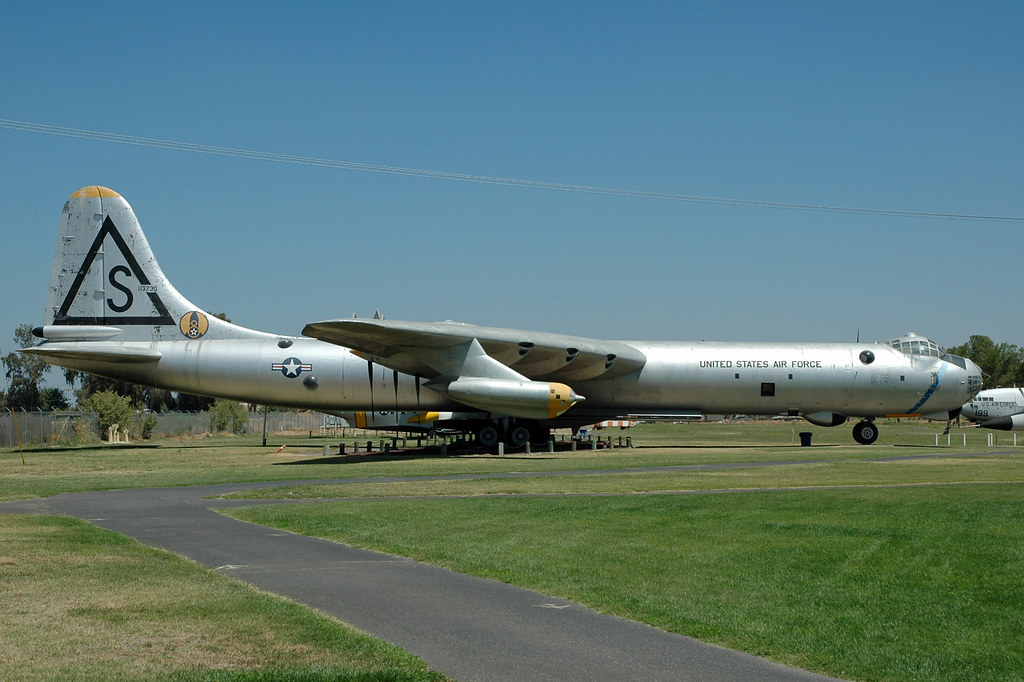
At the dawn of the Cold War, the U.S. military faced a rapidly changing strategic landscape. Among its responses was the creation of one of the most colossal aircraft in history—the Convair B-36, affectionately dubbed the “Peacemaker.”
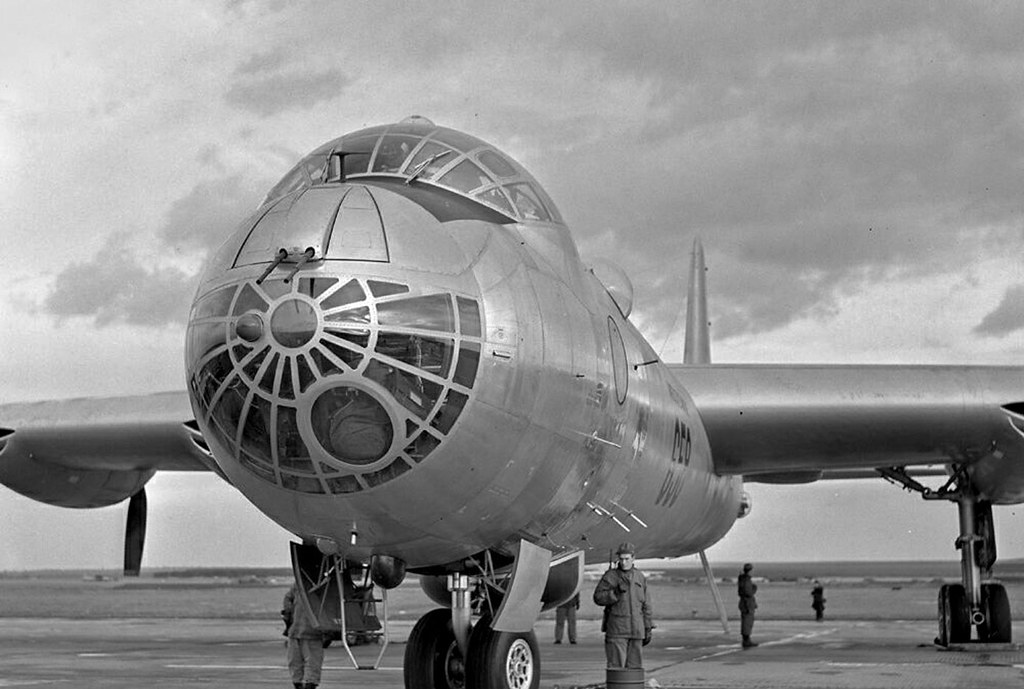
Despite its staggering size, the Peacemaker never saw combat, becoming obsolete soon after its introduction due to the rapid advancements in aviation technology.
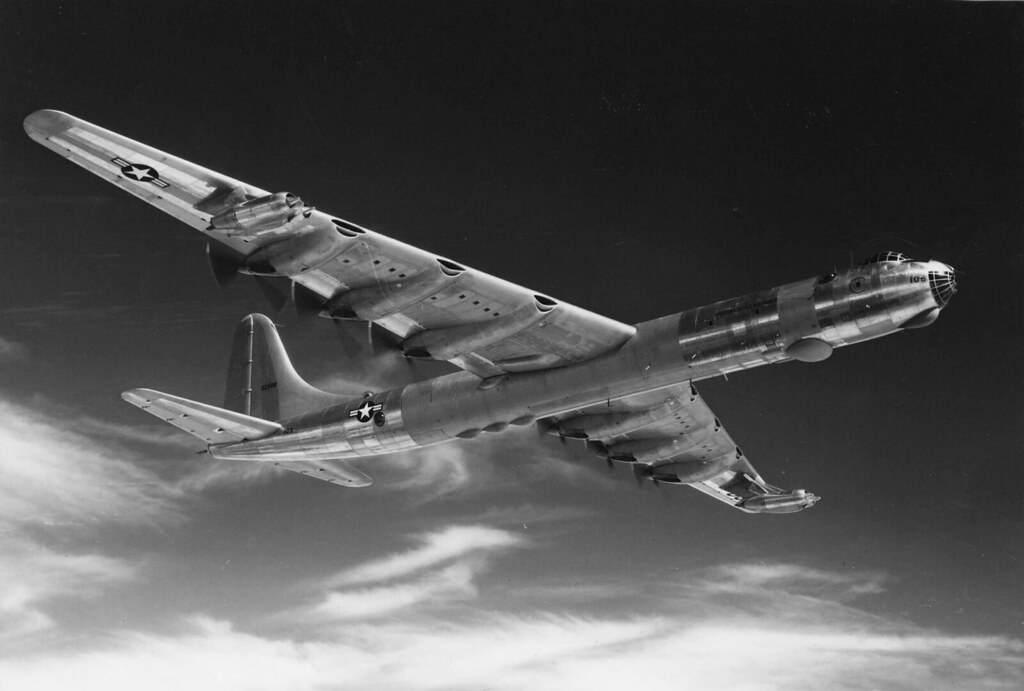
The Peacemaker’s tale is one of a behemoth born from necessity, designed at a time when the U.S. Army Air Forces required an intercontinental strategic bomber capable of reaching any target across the globe.

Entering service with the Strategic Air Command’s 7th Bomb Group at Carswell Air Force Base in June 1948, the B-36 was notable for its unprecedented size and design.
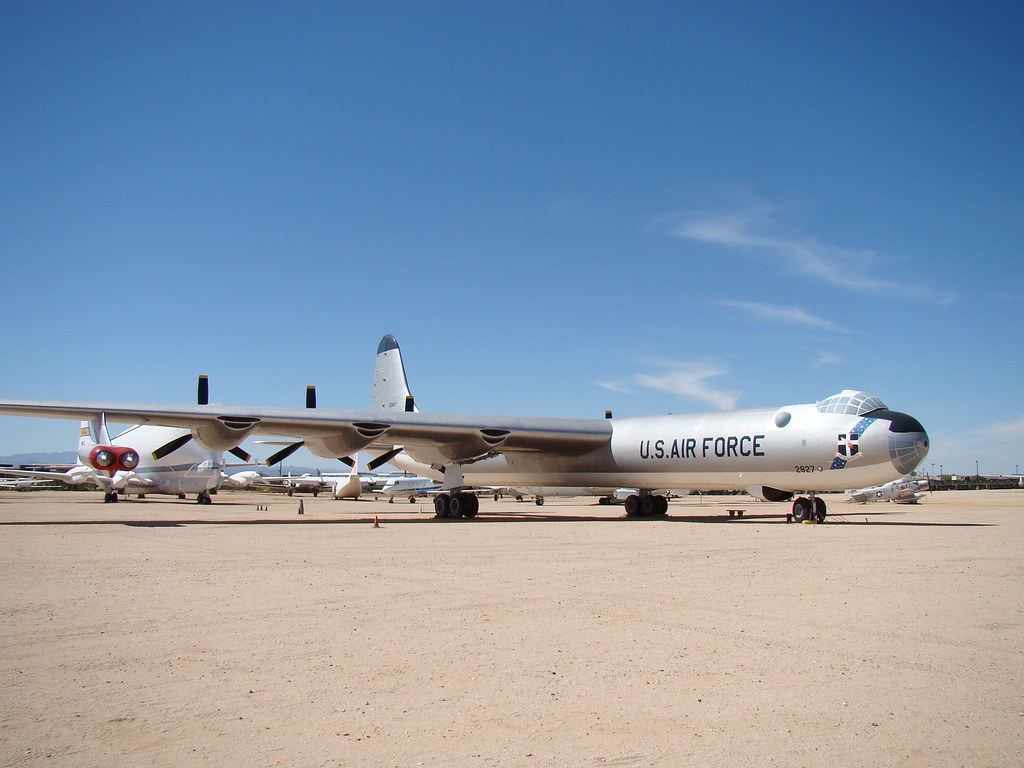
Its wingspan of 230 feet outstretched any combat aircraft before or since—not even the iconic Boeing 747 matched it.

The six Pratt & Whitney R-4360 engines, arranged in a “pusher” configuration, were later complemented by four General Electric J47s, earning the bomber its slogan, “six turning and four burning.”
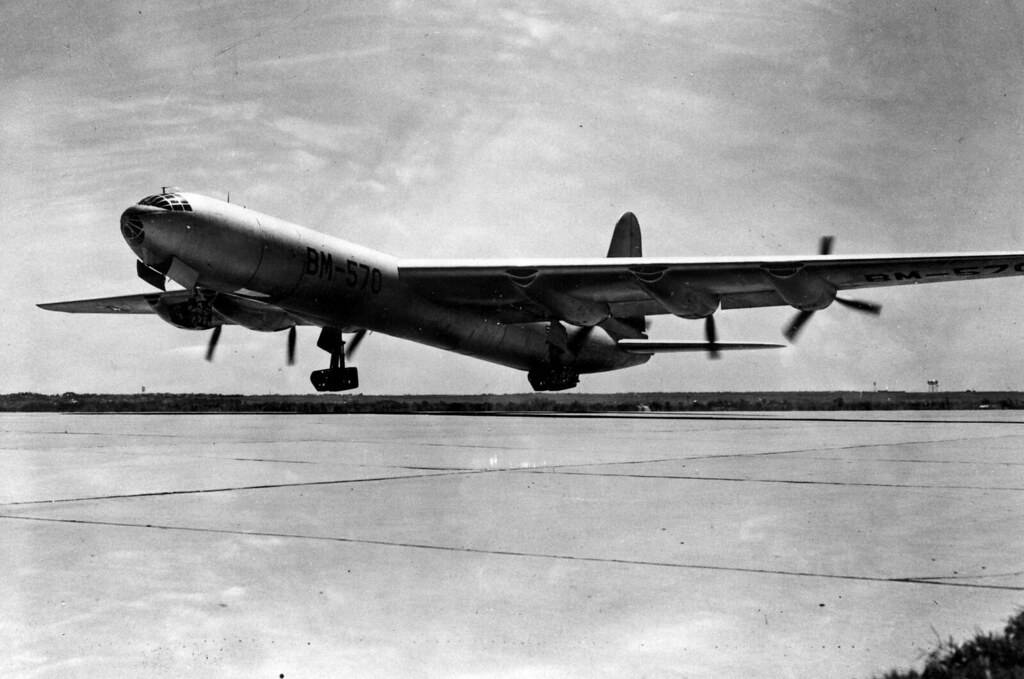
The B-36, however, was delivered too late to impact World War II, and although it boasted a maximum payload of 87,200 pounds and a range of 10,000 miles, it was rapidly surpassed by the development of jet-powered bombers like the B-52, which marked the beginning of its obsolescence.
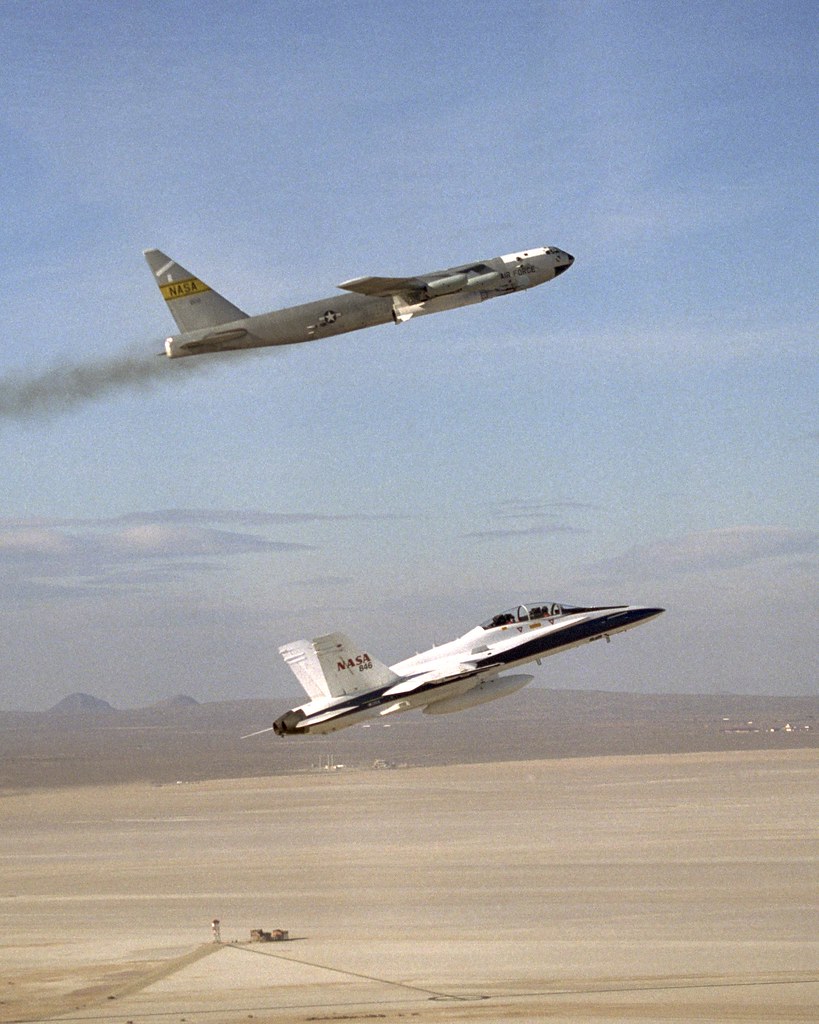
The bomber’s operational history is marred by political and inter-service controversies that embroiled the U.S. Armed Forces at the time. The so-called “revolt of the admirals” saw the Navy’s aircraft carrier advocates clashing with the Air Force’s proponents of strategic bombing.
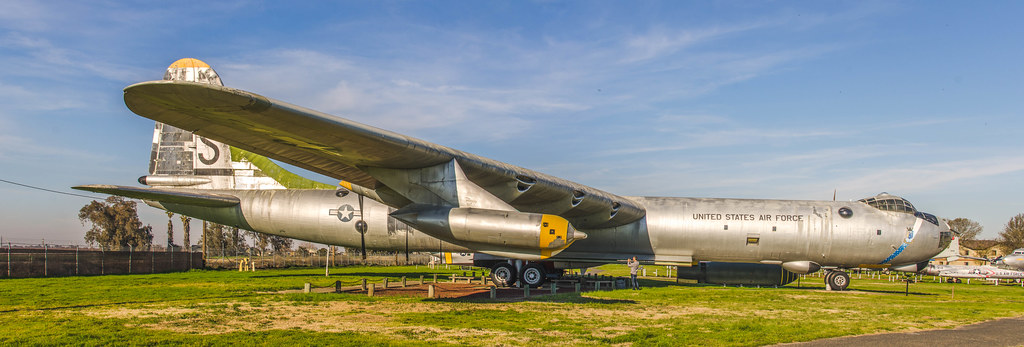
The B-36 was seen as a symbol of controversy, labeled as an “outdated and ineffective plane” by detractors, who alleged that the Air Force procured it solely because Convair had donated $6.5 million to several Democratic politicians.
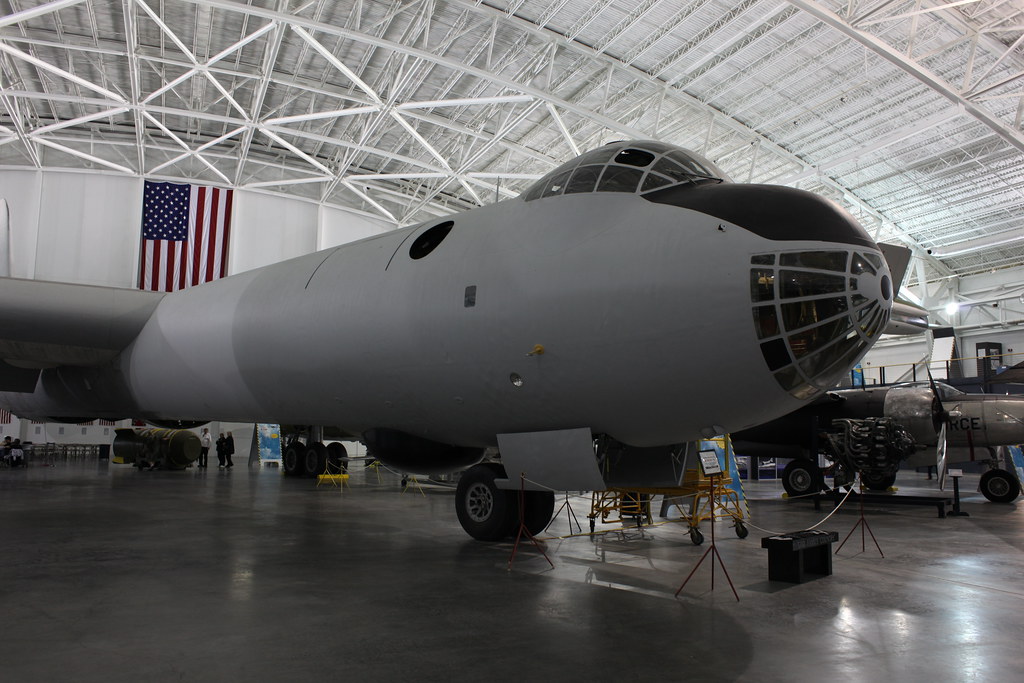
In the face of a new adversary, the Soviet Union, and after the dramatic proceedings known as “the revolt of the admirals,” the Peacemaker’s fate was sealed.

The U.S. Air Force moved towards faster, more versatile jet-powered aircraft, even as the B-36 was equipped with jet pods in an attempt to extend its service life.

Despite these challenges, the B-36 played a pivotal role in the early stages of the Cold War. The bomber could “take off from bases on this continent, penetrate enemy defenses, destroy any major urban industrial area in the world, and return non-stop to the point of take-off,” as Symington, the civilian head of the Air Force, claimed.
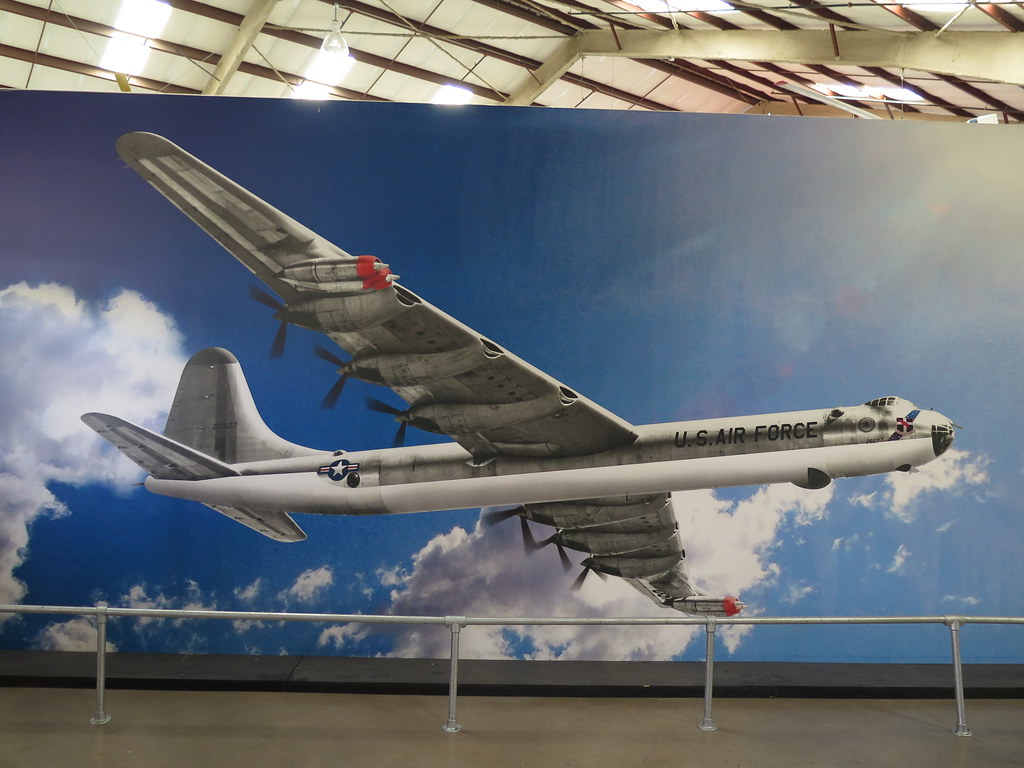
The Peacemaker’s operational history was not entirely uneventful, as several were modified for various roles, including photographic reconnaissance, carrying an active nuclear reactor, and as a test bed for new aviation technologies.

However, its size and complexity rendered it a maintenance-heavy and resource-intensive platform, with a myriad of technical issues ranging from problematic cooling systems to leaky fuel tanks, all of which compounded the operational challenges.
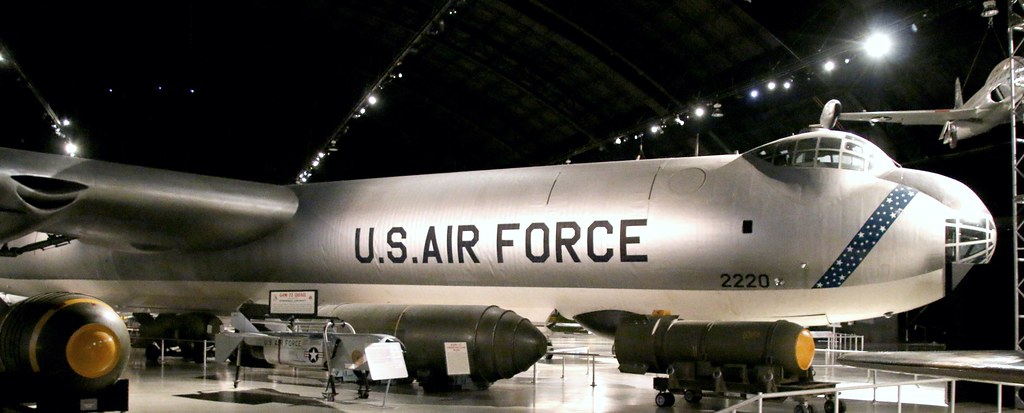
The B-36 stayed in service for four additional years as the new Stratofortress was being perfected. The remaining B-36s were reassigned to support roles or became museum exhibits, with only four surviving aircraft showcased throughout the United States.
Relevant articles:
– The Convair B-36 Bomber “Peacemaker” – A History, Simple Flying
– B-36: Bomber at the Crossroads, Smithsonian Magazine

